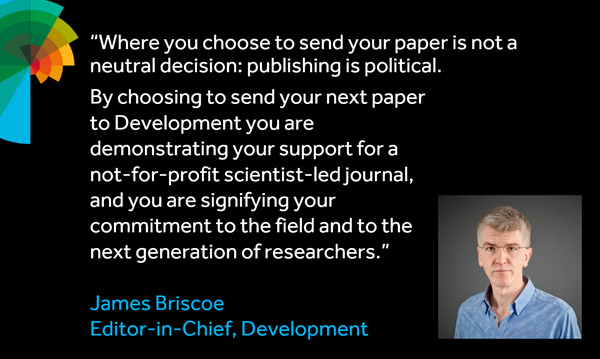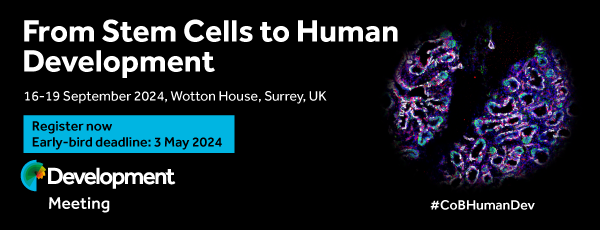
The extracellular polysaccharide Hyaluronan (HA) regulates cell proliferation, adhesion and migration by organising the extracellular matrix and participating with signal transduction pathways. Studies on HA tend to concentrate on its role in cancer, but Bakkers et al.(p. 525) now show that HA is required for the migration of several mesodermal cell types during vertebrate development. Convergent extension occurs during gastrulation:lateral cells move towards the dorsal side (convergence) and the dorsal axis extends (extension). Using zebrafish, the authors demonstrate that the HA synthase Has2 is required for dorsal convergence but not extension of the dorsal axis, confirming that, although they are closely linked, convergence and extension are independent. In addition, the Has2 enzyme reaction product– probably HA – activates the small GTPase Rac1. This results in lamellipodia formation and the subsequent migration of has2-expressing cells, indicating that HA has an autocrine and instructive, rather than a structural, role during cell migration.








